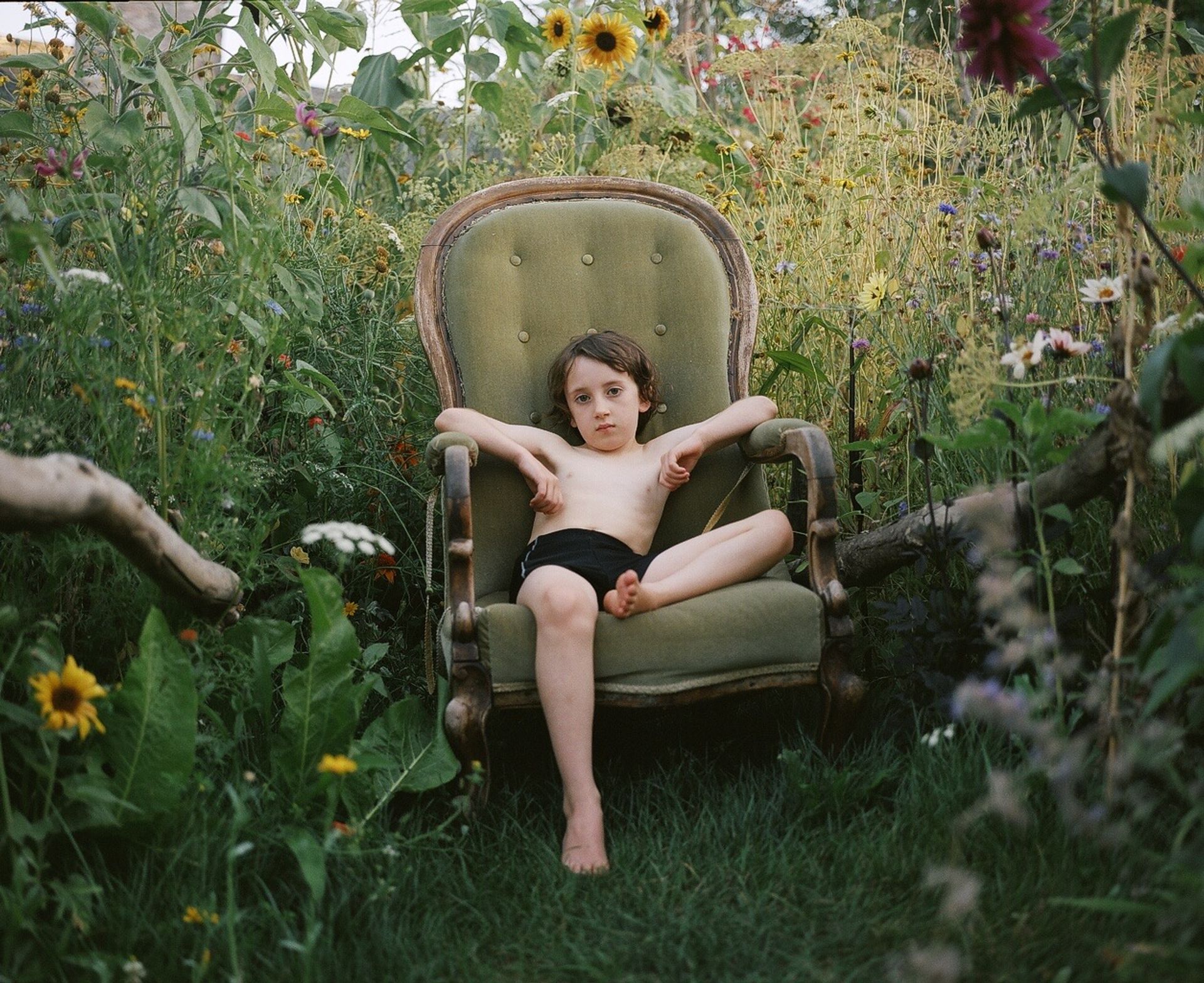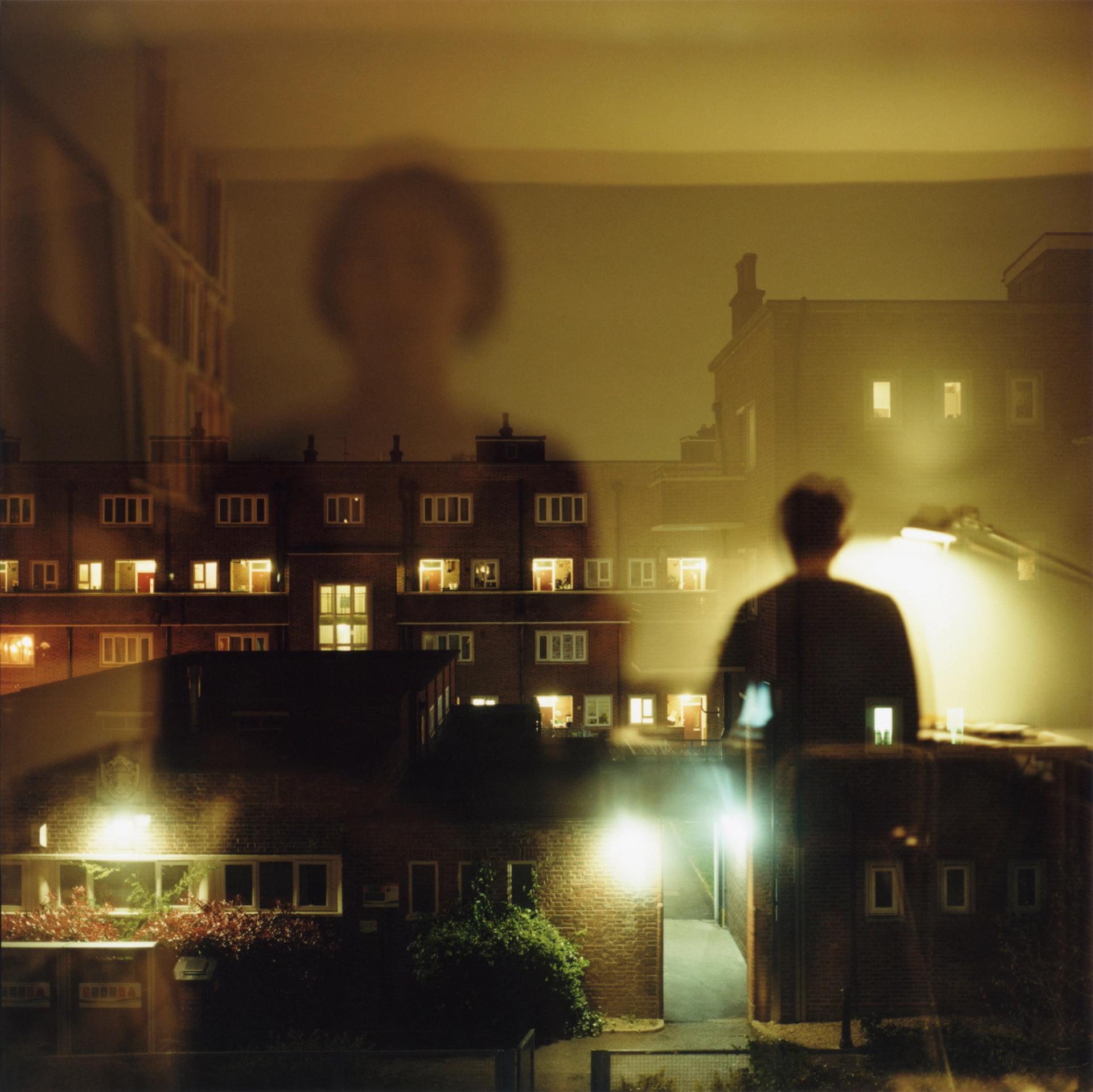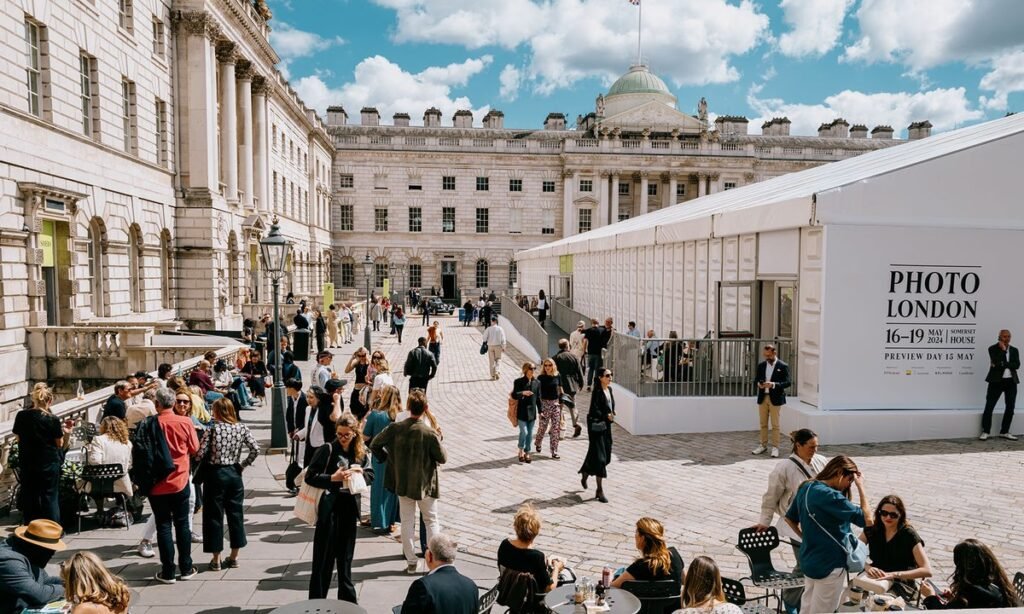“It is my mission to make more contemporary art collectors into lens-based collectors and to broaden the scope seen at the fair,” said Kamiar Maleki, the director of Photo London, in the catalogue for its 2024 edition, which opened to VIPs yesterday (until 19 May). Maleki, who has now led Photo London for two editions, continues, “our aspiration is to be a fair that is as thought-provoking …as it is engaging to all”.
The consensus yesterday seemed to be that the fair is delivering on the latter, and it was business as usual with its mix of the good, the bad and the beautiful. The public’s easy engagement with photography is one of the medium’s obvious strengths. It doesn’t throw up barriers like so much contemporary art. Yet its accessibility can appear a detriment in the context of an art fair, banging the lightweight pop of rock, fashion and movie celebrity—never intended for the gallery walls—against more highbrow conceptualism, or the commitment and rigour of documentary concerns.
And Photo London is no different. The usual suspects are all on show. Pictures of Mick Jagger can be found on several booths, although the so-called ‘Moss Index’ (measuring the presence of images of the supermodel Kate Moss) is low this year. There are tigers and elephants and murmurations. There are the vacuous clichés of glamour posing as art. But there is also plenty of work of real depth and quality and originality.

From Siân Davey’s series The Garden (2021-2023)
Courtesy of the artist and Trolley
In the smallest booth at the fair, for example, Trolley Books and Hoppen Gallery present Siân Davey’s much anticipated series The Garden (2021-23), a collaboration between the artist and her son to cultivate a barren space with wildflowers. The garden became a sanctuary and a confessional to the community they invited in; a response to the dislocation of lockdown and, as Davey puts it, “a metaphor for the human heart itself”. The booth, an intimate antichamber within a ground floor wing in Somerset House—the fair’s home for the nine years of its existence—is dressed with fresh flowers and an empty chair that, as in the photographer’s garden, all are welcome to enjoy.
In another eye-catching partnership, Lee Shulman of The Anonymous Project (which works with a large collection of vintage amateur colour slides) has collaborated with Omar Victor Diop, the Senegalese self-portraitist, who has inserted himself into Kodachrome images of domestic life from segregation-era America in the 1950s and 60s. The respective galleries of the pair—Binome and Magnin-A, both based in Paris—have also partnered, presenting the work in a joint booth within the central marquee sited in the Somerset House courtyard.

Being There 47, Omar Victor Diop and Lee Shulman
Courtesy of Binome and Magnin-A
It seems that Photo London can indeed be thought-provoking. Charlotte Jansen seems to think so. The write and editor, who is the author of Girl on Girl: Art and Photography in the Age of the Female Gaze (2017), is the new curator for the Discovery section for emerging photographers and galleries. “Maybe 95 percent of both gallerists and exhibitors are women, which is unprecedented in the commercial sector,” she says. “And we’ve got a real representation of ‘others’— people we don’t normally see in images, and people we don’t normally see represented at art fairs. And that’s sort of what the challenge is, to subtly ask what taste is, what’s considered beautiful, and what’s collectible or sellable.”
As in previous years, the Discovery section—if you can find it within Somerset House’s lower ground warrens—is more reflective of the wider contemporary photography scene. In particular, the unrepresented artists who were given space to show their work.
Maleki tells The Art Newspaper that he wants Photo London to be “more than just a trade show”. Art fairs are about discovery, he asserts, though he acknowledges that many of the best-known photography galleries aren’t there, such as Hamiltons, one of the UK’s longest running spaces dedicated to the medium, or any number of galleries from New York and the continent.
“There are different statuses of galleries, obviously, and, of course, fairs are only as good as the galleries you work with,” he says. “But it’s also about the programmes that these galleries bring. And, as you see, we have Bendana Pinel for the first time, we’ve got Thomas Zander back, Berno Taschen is here… So, in terms of the top photography galleries, we do have some of them here. But it’s also interesting to showcase different artists, and, for example, we’re now working with collectors to support individual artists at the booths.”
Somerset House is an idiosyncratic space for an art fair and its tight corridors and rooms felt especially packed when one of many tours were doing the rounds. Noticeably, tours during the preview were made up mostly of women, many of whom were a younger crowd. Some tours were those led by institutions including Tate, Serpentine, Institute Français, clubs and patron circles such as Parcours Saint Germain, The Cultivist and Spirit Now, and friends and partners, such as Prix Pictet and the Deutsche Börse Photography Foundation.
Indeed, there was a palpable buzz about the place that may not have yet translated into the kind of sales enjoyed in the peak, pre-pandemic years of 2017 and 18, but plenty of business was being done. Peter Fetterman Gallery sold a number of works by Sarah Moon, priced between £20,000 and £30,000, alongside sales of Jeffrey Conley and Michael Kenna, representing “works from three generations of artists who have all very much brought pieces that have a physical presence and have been printed by hand,” says the gallery’s director, Kate Stevens.

Fugue (2024), Lydia Goldblatt
Courtesy of the artist and Robert Morat
Dirimart, one of a record number of Turkish galleries attending, thanks for the support of TurkishBank UK, had sold nearly all the works in its booth—a solo presentation of Cihan Öncü (available in editions of three at £3,000). “People are educated, they know what they are looking at,” says Levent Özmen, director of Dirimart, “not just in terms of the content or the formal qualities, but also the technique and the history. It enables a serious dialogue.”
At the booth of Echo Fine Arts from Cannes, gallery founder Ève d’Oréfice said she had come to Photo London for “seasoned photography collectors… people who know what they’re coming for, not just looking for decoration”. And her wish was granted. On the first day she had sold a set of 12 platinum prints, Of Aliens, Mermaids & Medusas (2022), by German photographer Jan C. Schlegel, priced £49,000, and was now selling the second of three editions sets for £55,000. And although it’s very much discouraged, there were red dots planted all around Guerin Projects space underneath photographs by London-based photographer James D. Kelly, editioned in series of 25 at up to £9,500 per print.
It’s not all about sales at the fair, however, says Robert Morat of the eponymous Berlin-based gallery, who has exhibited at eight of the nine editions of Photo London. This year, as in the past few, he presents one body of work by one artist—Fugue (2024) by London-based photographer Lydia Goldblatt. “Emerging artists deserve the attention of a solo booth,” he says. “As a continental European gallery, the cost of doing business in Britain is so ridiculously high [after Brexit regulation] that even if we sold out this booth, we would still be far off from really making money. We are here in order to get attention and visibility for the artist, because that’s my main prerogative, and it’s our job as a gallery.”






